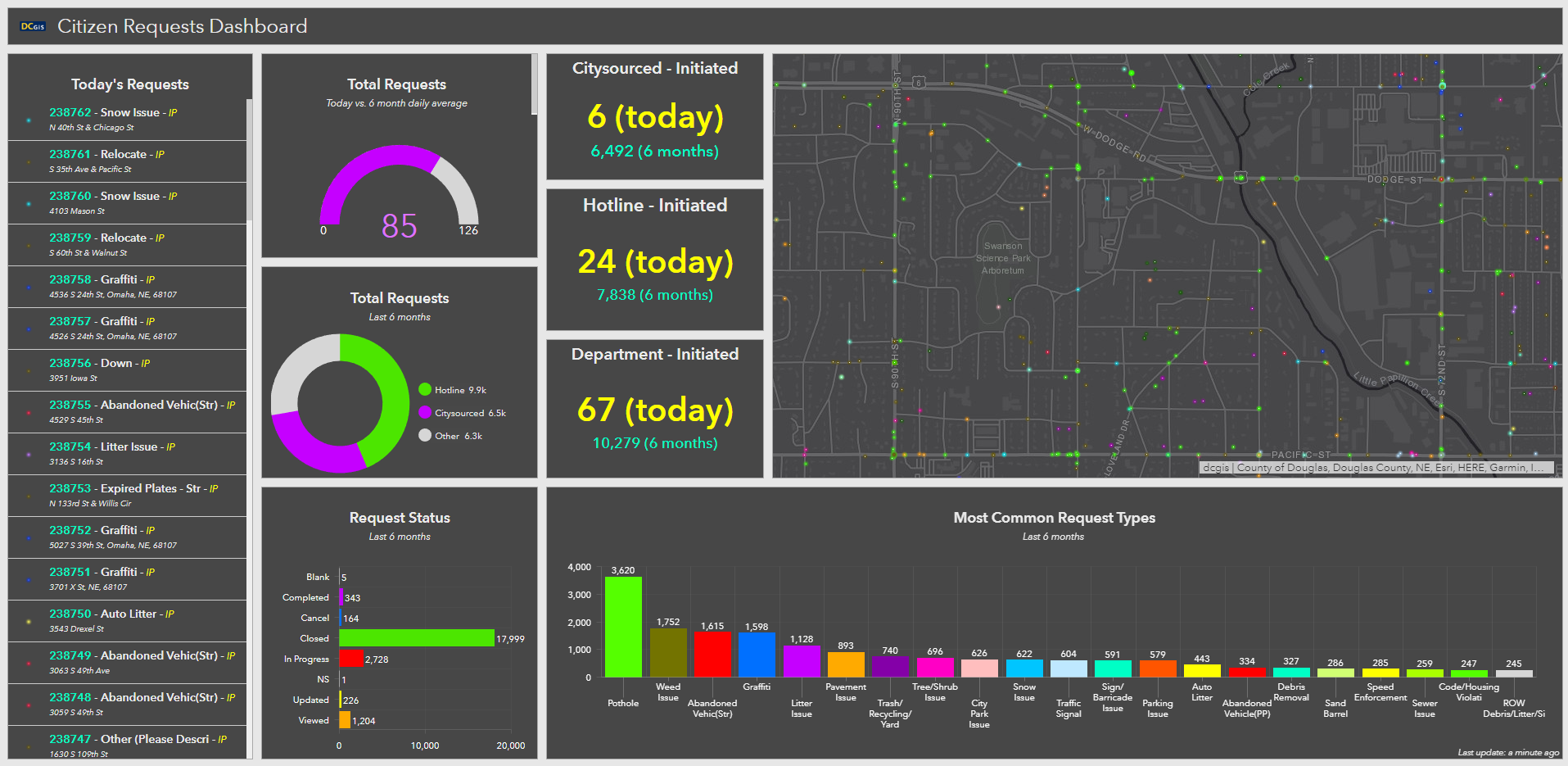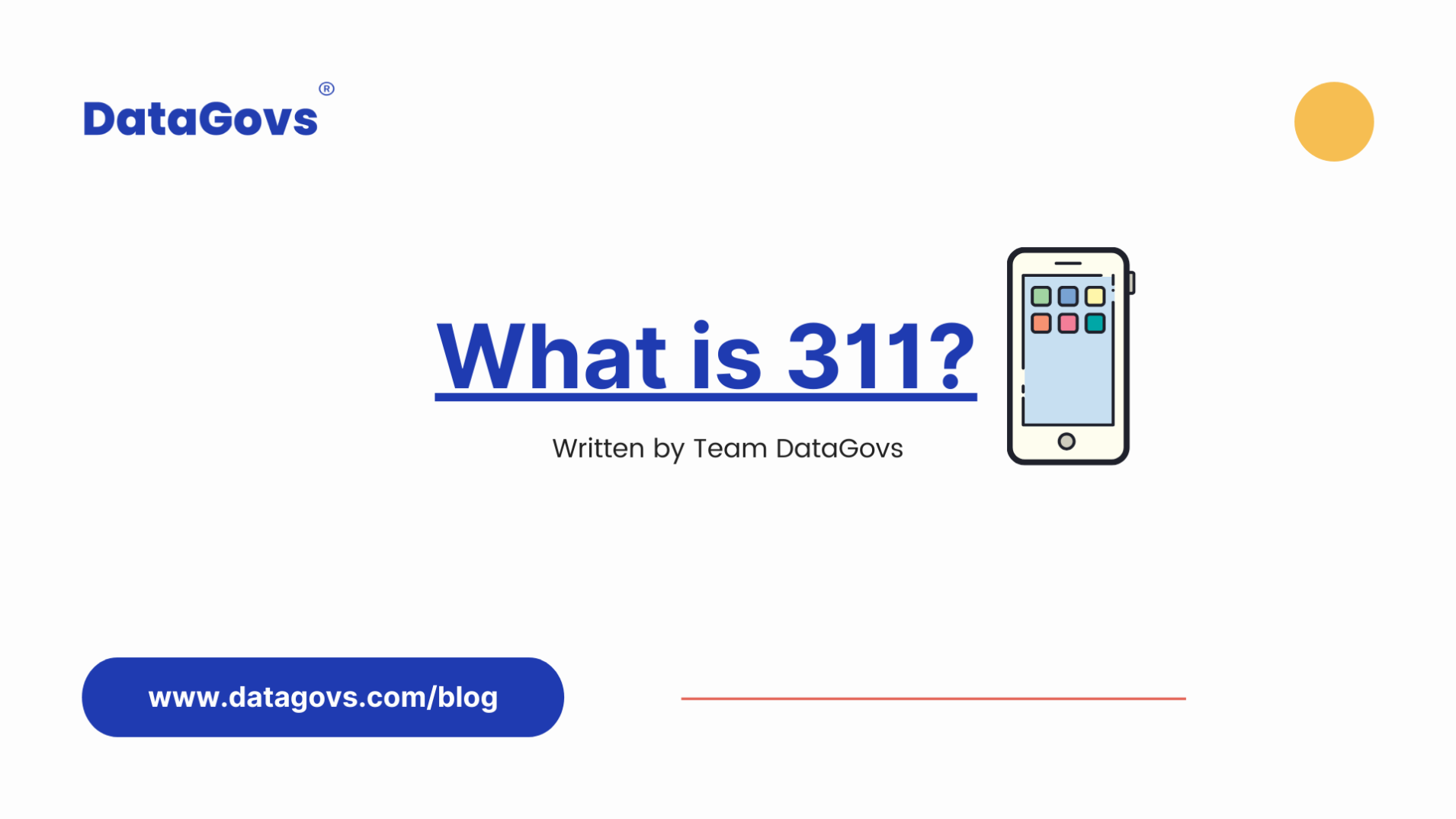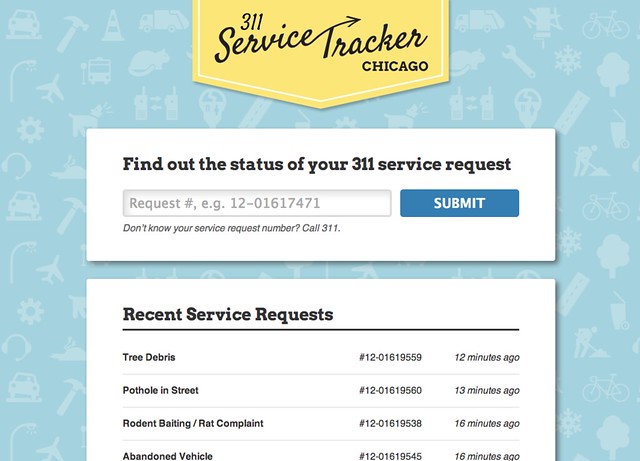“311 is a non-emergency phone system that municipal and county governments operate as a public information line for residents to find information, make complaints, or report code violations.
Open 311 data refers to the data that is collected by 311 systems and made available to the public in an open, accessible format. This data can be used by both the public and private sectors to improve the delivery of services and gain insights into local communities. It was first adopted as a system in 1996 by the City of Baltimore and is a ubiquitous system that is used across cities in the US, Canada, and various parts of the world.
What’s 311 used for?
311 acts as a customer service line for cities interacting with residents. The number 311 stands for a non-emergency phone number. Originally it was used as a customer line where people got the information, reported problems, or made complaints with a call center staff who would work 7 days a week.
-
Citizens can report issues, make complaints, and find information using 311.
-
Governments can use that data to run better operations on behalf of citizens.
The advance in technology used by people has made 311 easier to access through various channels including phone calls, text messages, online forms, and through mobile applications. It’s also resulted in a massive amount of data collected that can act as a guide for cities to offer better services and run operations in optimized ways.
Open311 Data and the Public Sector
The federal Chief Information Officer 2010 launched the technical standard for civic issue tracking also known as Open 311. This standard it encouraged the exchange of data between machines and humans in a shared language. The first use case was an API in Washington, DC’s 311 system that took hold of a community when the leadership of various organizations came together to collaborate.
On top of this standard services were built that were delivered through web, mobile, and customer relationship management systems to improve the delivery of the service. This led to outcomes such as reduced call center loads while making it cheaper and more efficient to create better service request documentation. This helped transform call centers which soon had massive volumes of data. This data creates new opportunities for innovation in data-driven decision-making.
Open 311 Data and the Private Sector

In the private sector, open 311 data can be used to gain insights into local communities and inform business decisions. For example, data analysis can reveal the types of services that are most commonly requested in a particular area, providing businesses with valuable information about local needs and preferences. This data can be used to tailor products and services to the local market and improve customer satisfaction.
How DataGovs helps Data Teams use 311 Service Requests and Open Data
To date, teams can leverage DataGovs to pull Open311 data using our ESRI Integration to pull data from any city, state, or county government in the US and other parts using 311 Data Standards.
-
API Data Monitoring: We pull data feeds from 311 services in a single unified common standard to let teams observe the data of the type of services that matter to them.
-
Data Quality Monitoring: We evaluate the quality of data coming from text, images, and time-series data to determine if it’s usable for automation and other business needs.
-
Issue Management / Data Policies: We notify the right parties of issues tied to data policies and standards to help accelerate the use of Open Data for reliable services.

